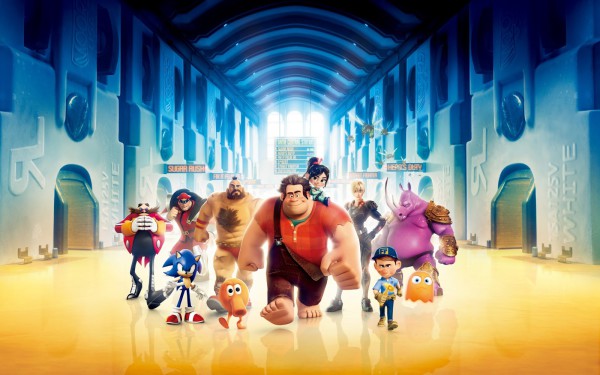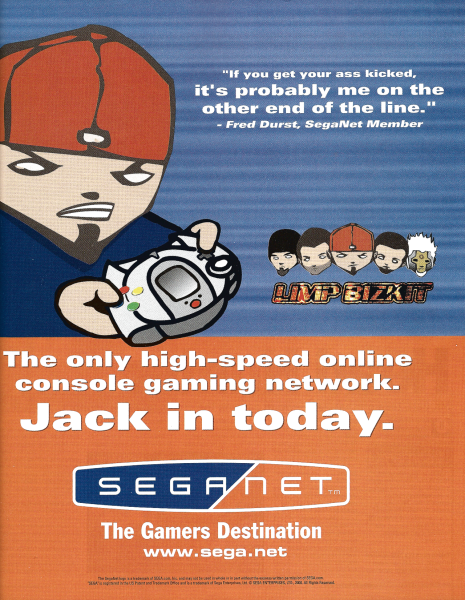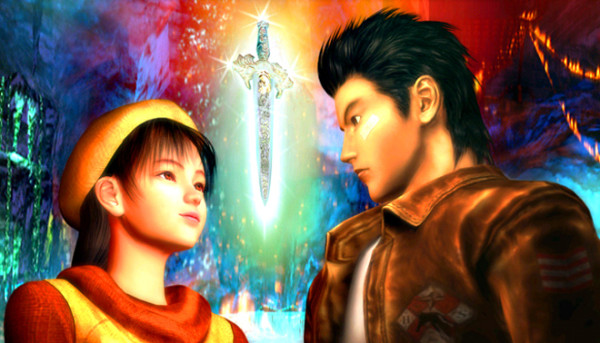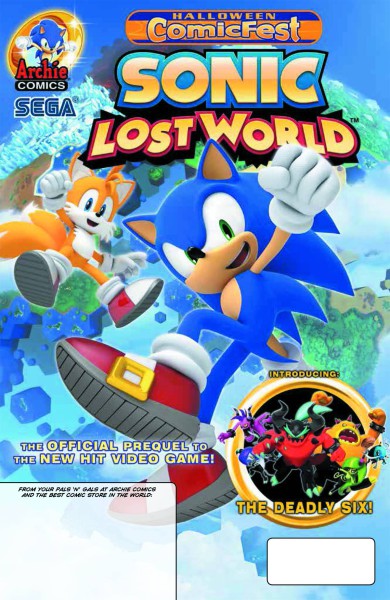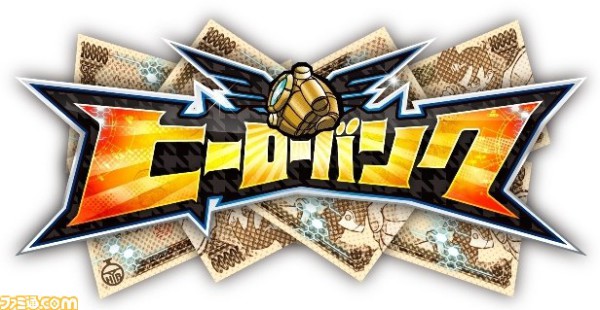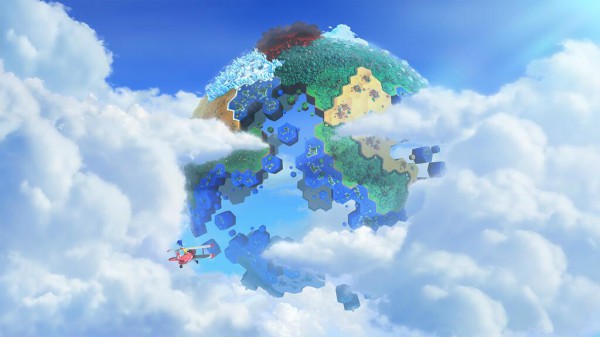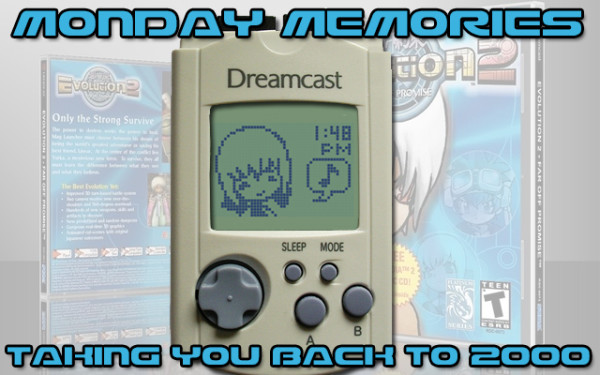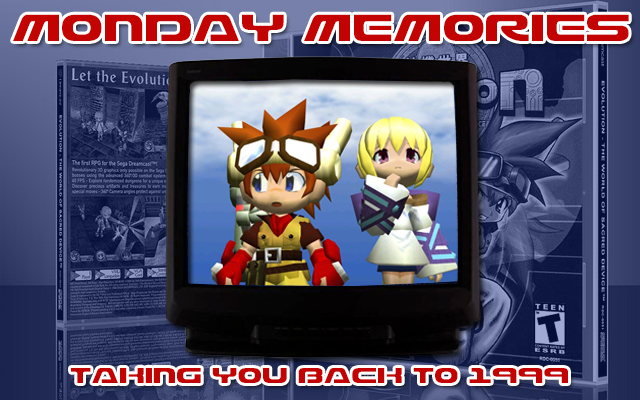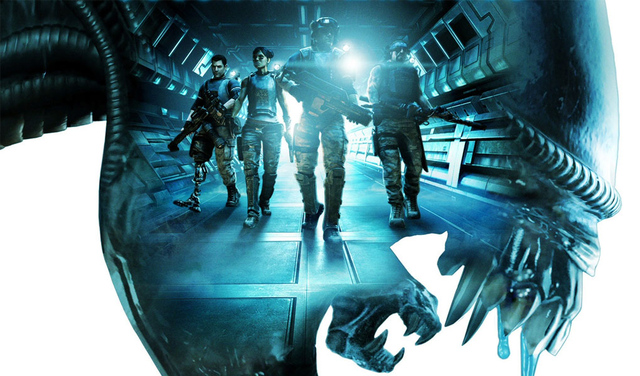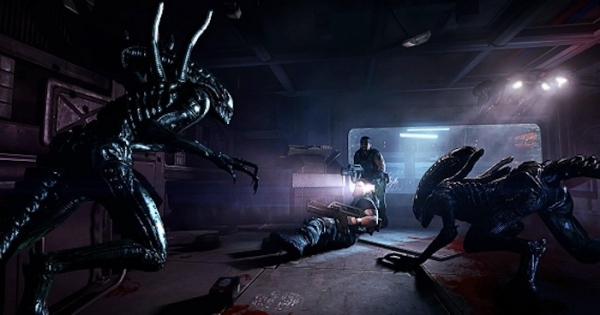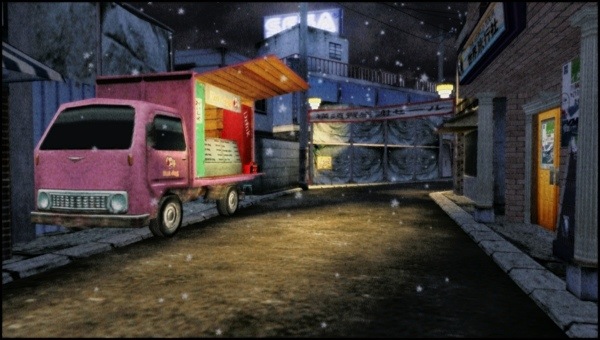Editorial: Sonic Lost Identity? Why Sonic should branch out, but why he should remain true to himself
There’s little doubt that Sonic has, against all odds, cemented his place in the gaming landscape.
There was a time, and it was a time that I’m sure many reading this will remember, when Sonic existed exclusively on SEGA platforms. He was the face of the company: the representation of an edgier and more daring console competitor, and, in many ways, the total opposite of his rival, the mascot representing those other systems.
With SEGA’s exit from the hardware business, it was only a matter of time before this would all shift. Sonic Adventure 2, a game developed without any intention of ever being released on a Nintendo platform, was nevertheless met with incredibly warm reception among the Nintendo fanbase when it debuted on the Gamecube roughly eight months after its Dreamcast release. And rather then fading away like many mascots of old, Sonic was, in a sense, reborn to an entirely new audience.
It’s sometimes easy to worry about Sonic remaining true to himself, especially as he and his games have taken on several incredibly different forms over the years since. With the latest rumor that we’ll have a new Sonic game next year, I think it makes sense to look ahead at where we all think the hedgehog should be going. I’m definitely excited to see what plans SEGA has for the blue blur; it’s my hope that Sonic can continue to evolve and change while at the same time never leaving behind the essence of what defined him all those years ago.

